How can asparagus bloom and bear fruit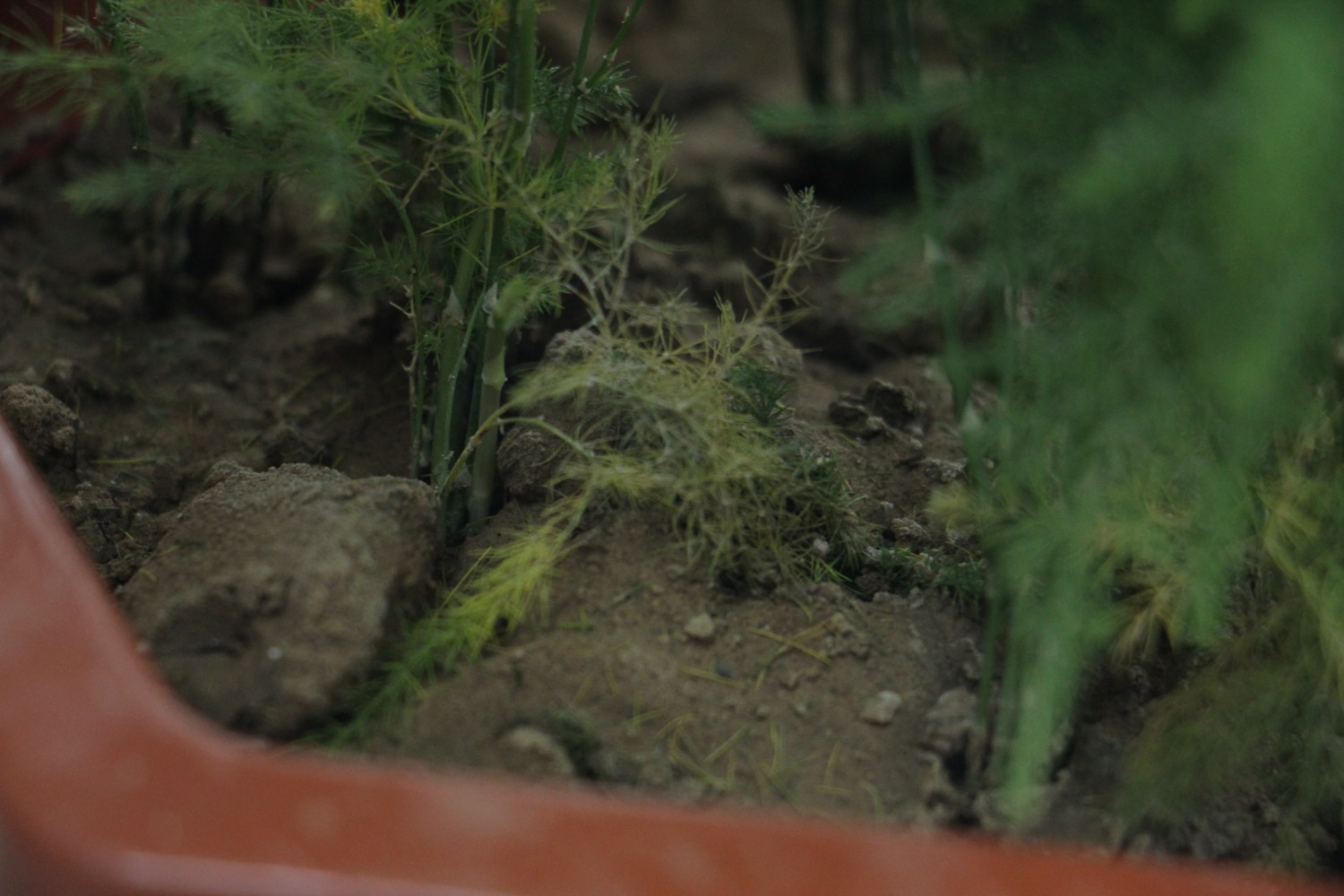
1. Where should asparagus be placed

Asparagus likes a semi shady environment and should be placed in a bright and ventilated living room, bedroom, study and other places
Attention should be paid to keep away from the air outlet of air conditioner and fan to avoid dry pointed yellow leaves caused by too dry air
2. How often does asparagus water
flowers generally spend 4-6 days to water once a day, usually spray and moisturize. The flowers can refer to the watering frequency of flowers and flowers, and water according to the specific maintenance conditions. When the soil is loose and humidity is large, the watering frequency can be increased appropriately. p>
3. Does asparagus need fertilization
If asparagus wants to grow all over the wall and blossom and bear fruit every year, it needs to be fertilized. Thin liquid fertilizer should be applied to asparagus once a month. Compound fertilizer can be mixed with water in the ratio of 1:2000, or fermented rice washing water can be used
What about asparagus yellow leaves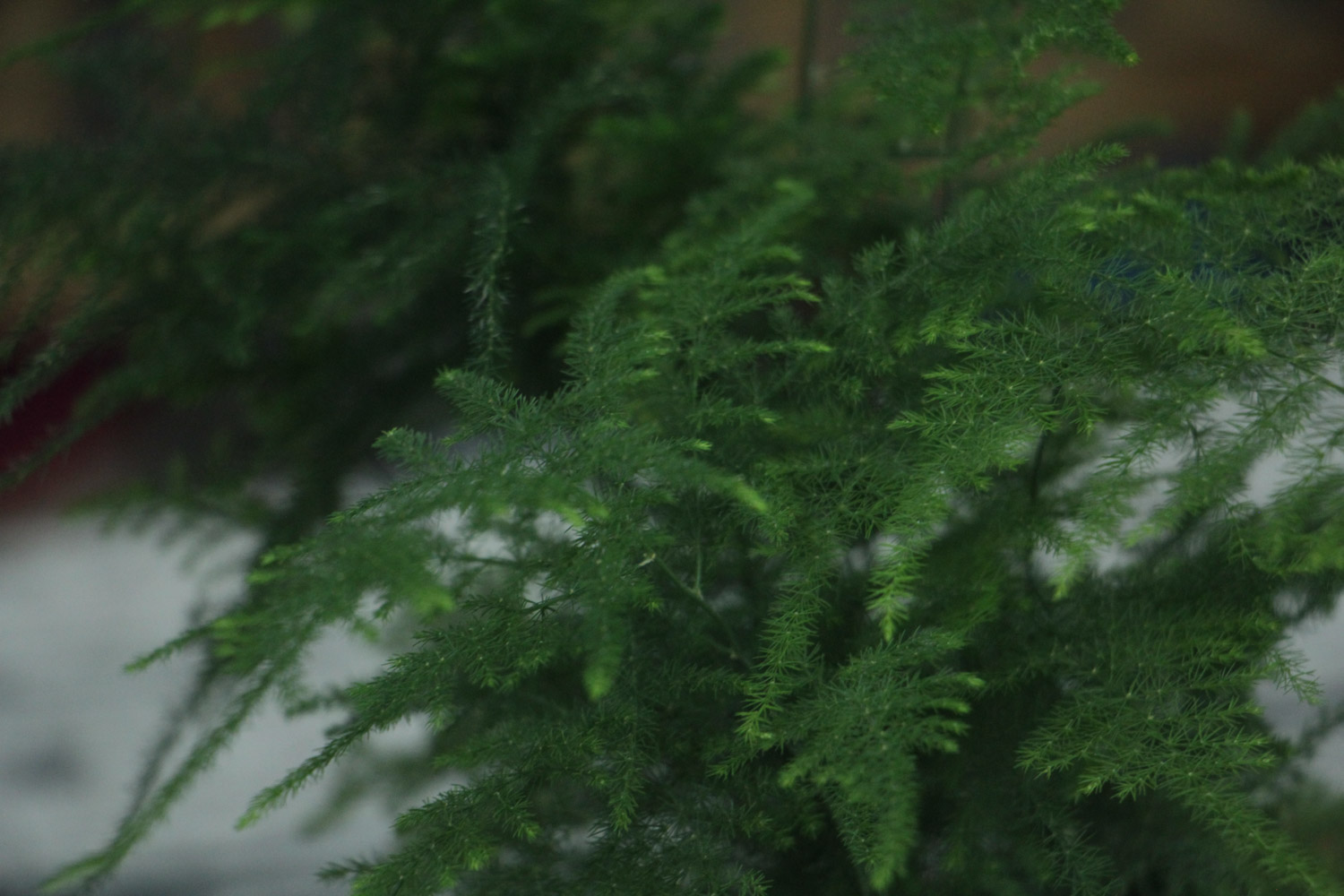
1. Yellow leaves with too strong light:

Asparagus likes semi shade environment. If it is exposed to direct sunlight, its leaves will be dry and yellow
Solution: move the asparagus to a place with indoor ventilation and astigmatism as soon as possible and cut off the yellow leaves
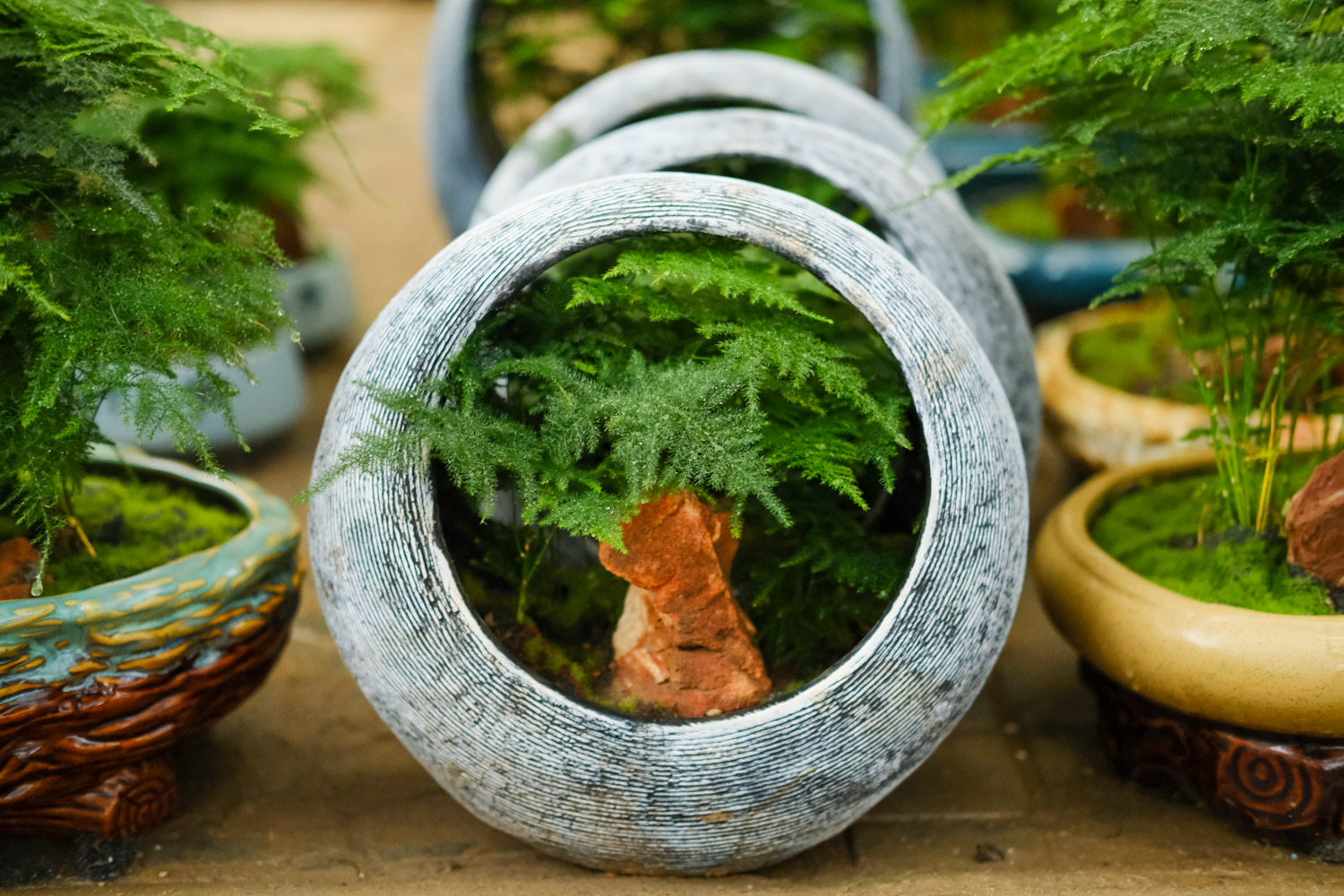
2. Long term shade yellow leaves:
Although asparagus cannot accept direct sunlight, if it is placed in a dark and dark environment for a long time, the photosynthesis of its leaves will be blocked, it will become tender yellow and its plants will become slender
Solution: move the asparagus to a ventilated place and see the sun properly in the morning and evening

3. Over watering yellow leaves:
Too much watering will cause the soil to be sticky and the roots can't breathe. At this time, it will turn yellow leaves and even cause rotten roots
Solution: on the premise of not causing rotten roots, move the asparagus to a ventilated place as soon as possible and loosen the soil to dissipate the water vapor in the soil
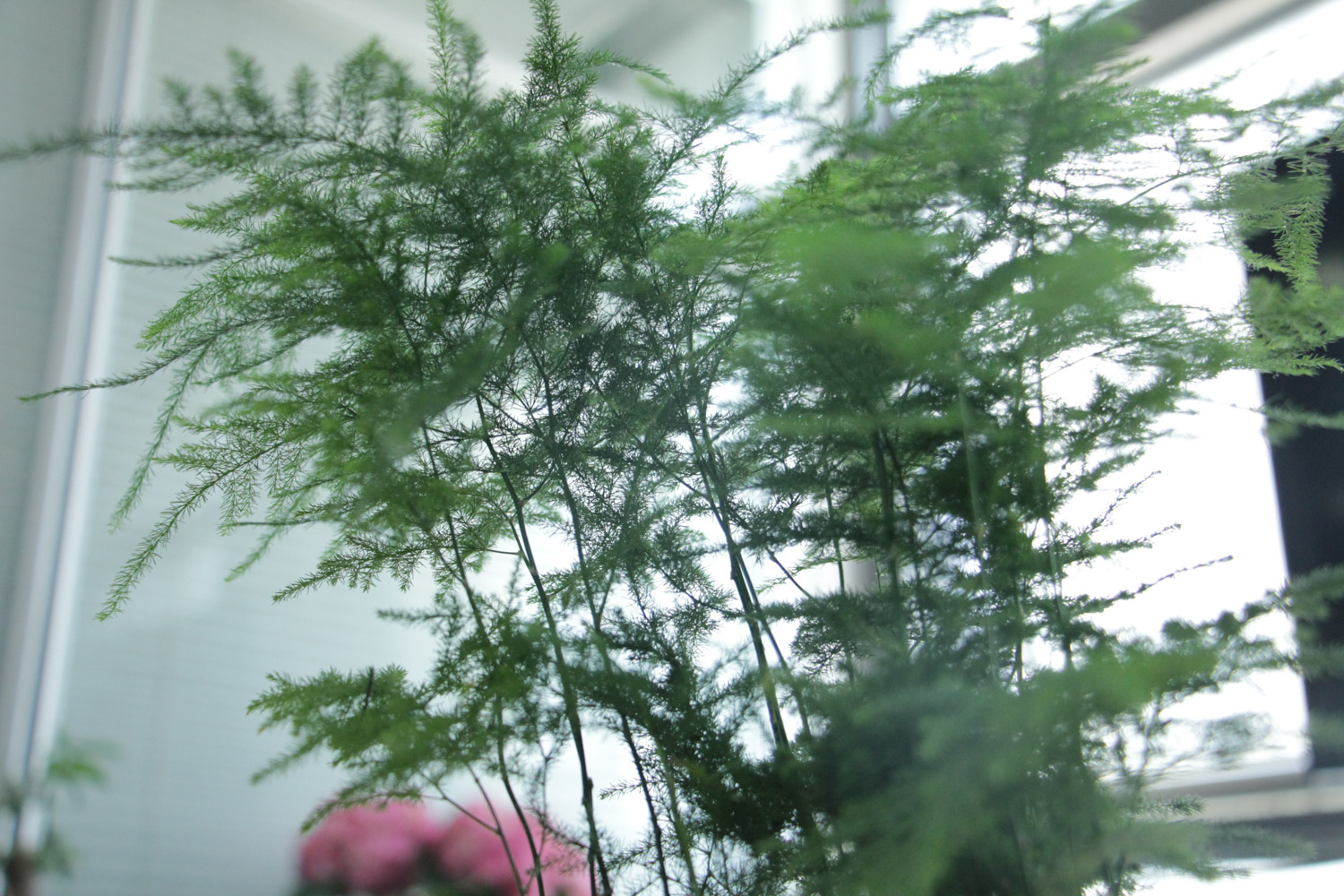
4. Too little watering yellow leaves:
Without watering for a long time, soil drought will also cause yellow leaves, which often appear as dry tips
Solution: first pour a little water on the asparagus to restore the activity of the root, and then pour it thoroughly after two hours
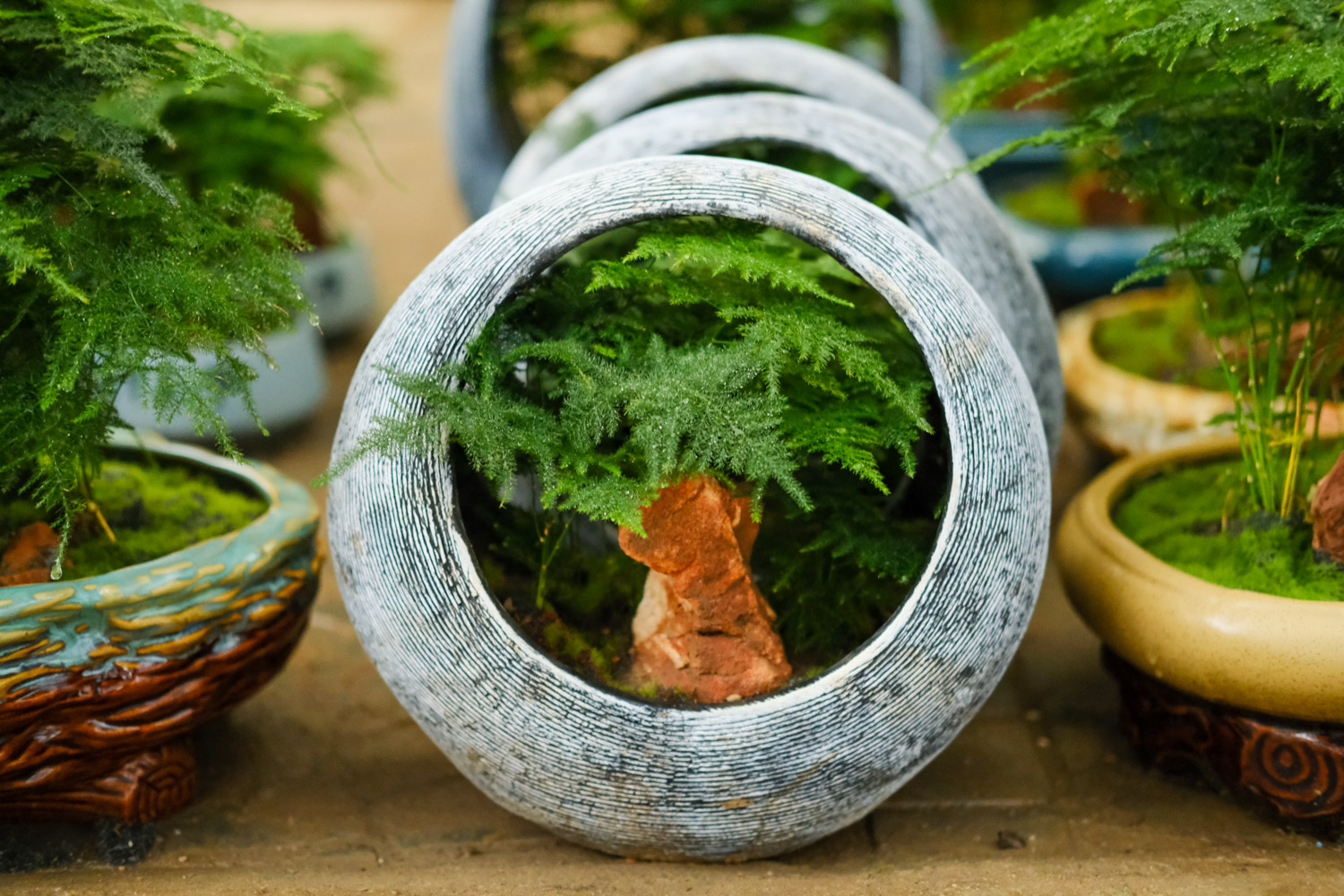
5. Excessive fertilization yellow leaves:
Excessive fertilization will cause root burning, which will lead to a wide range of yellow leaves, usually accompanied by fallen leaves
Solution: change the basin and wash the roots as soon as possible

What about the rotten roots of asparagus
1. Take out the whole asparagus from the flowerpot and clean the soil at the root
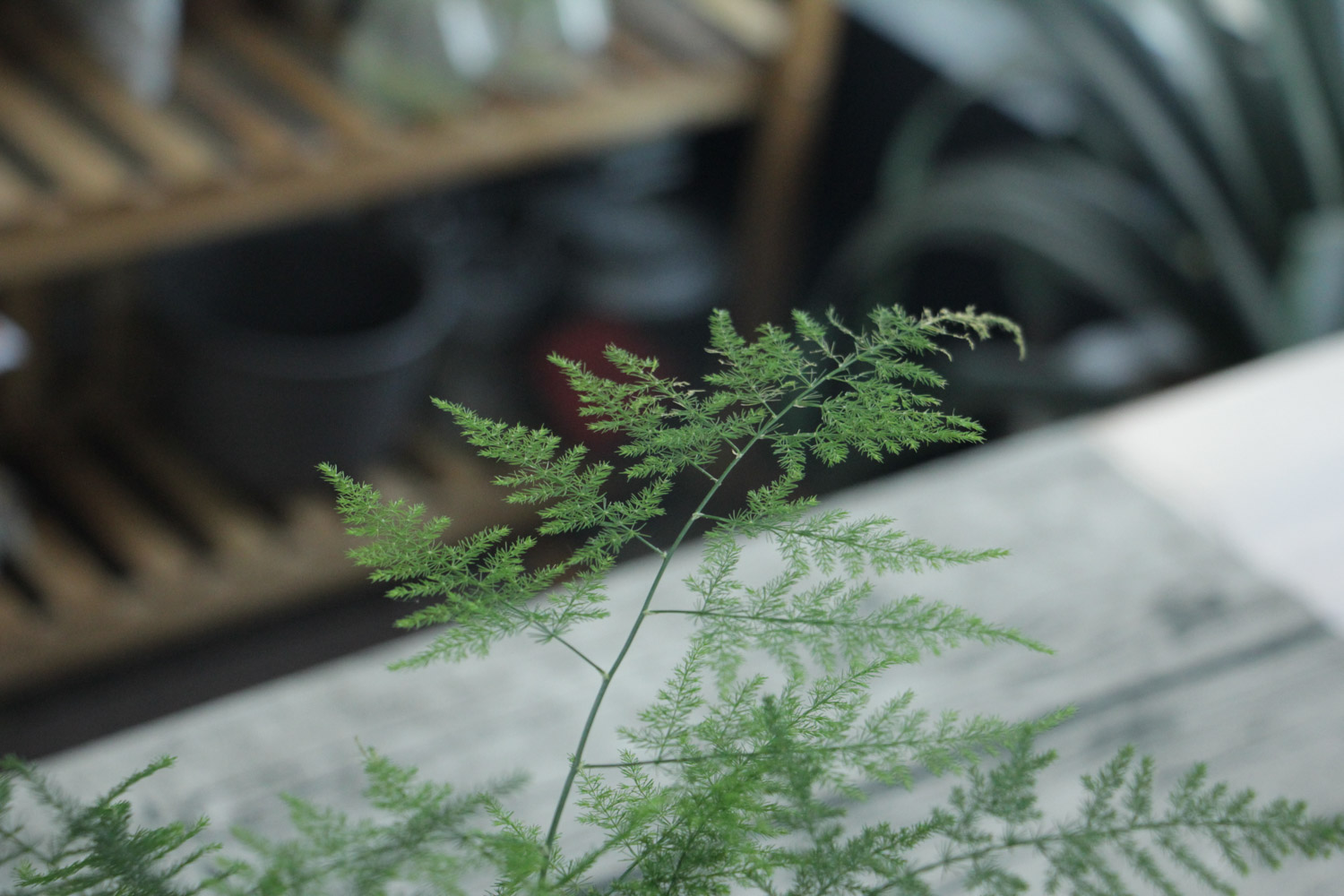
2. Use a sterilized knife to remove all the rotten roots of asparagus, as well as the old and empty roots
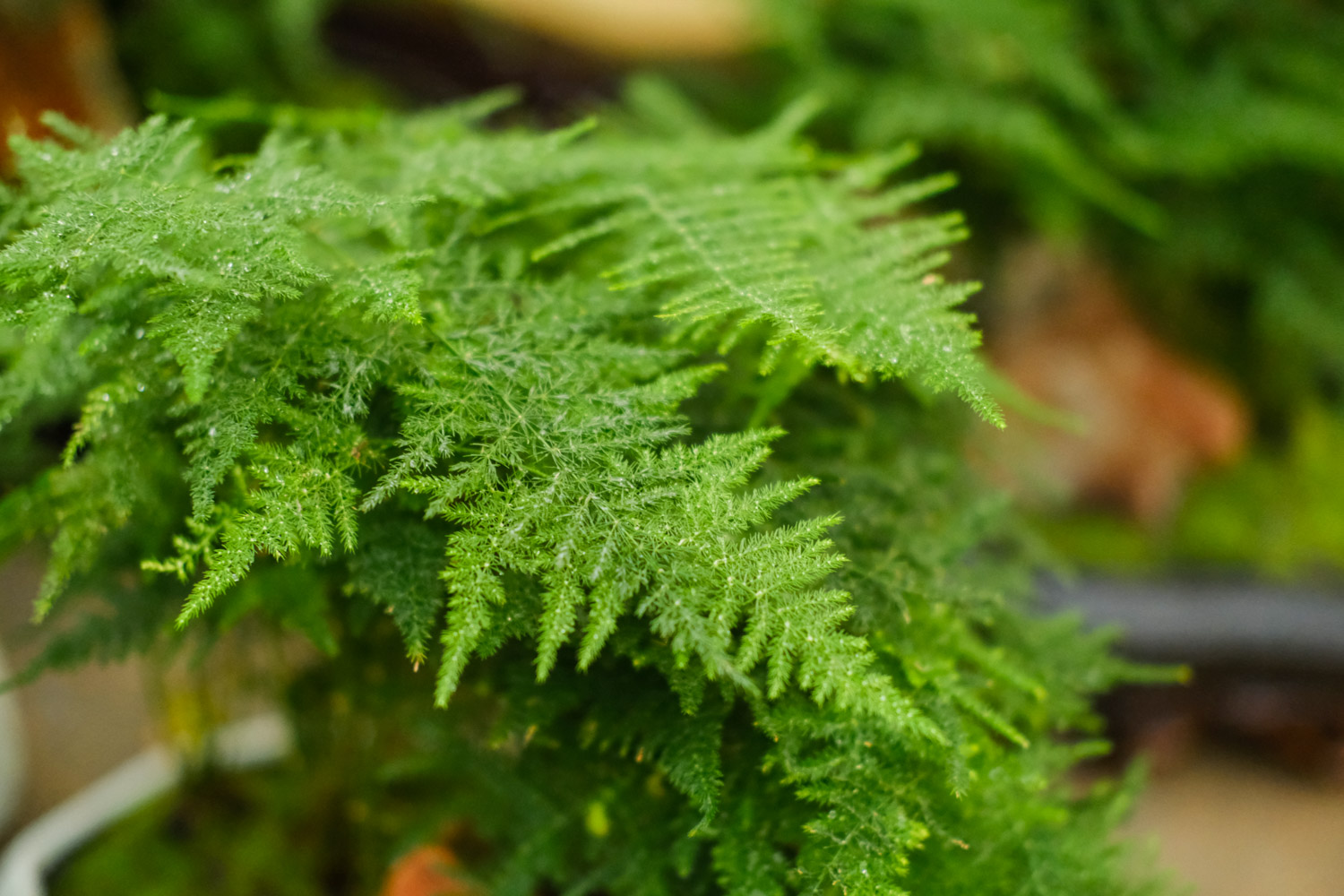
3. Soak the root of Asparagus in potassium permanganate solution for 20 minutes and dry it in a cool and ventilated place after disinfection
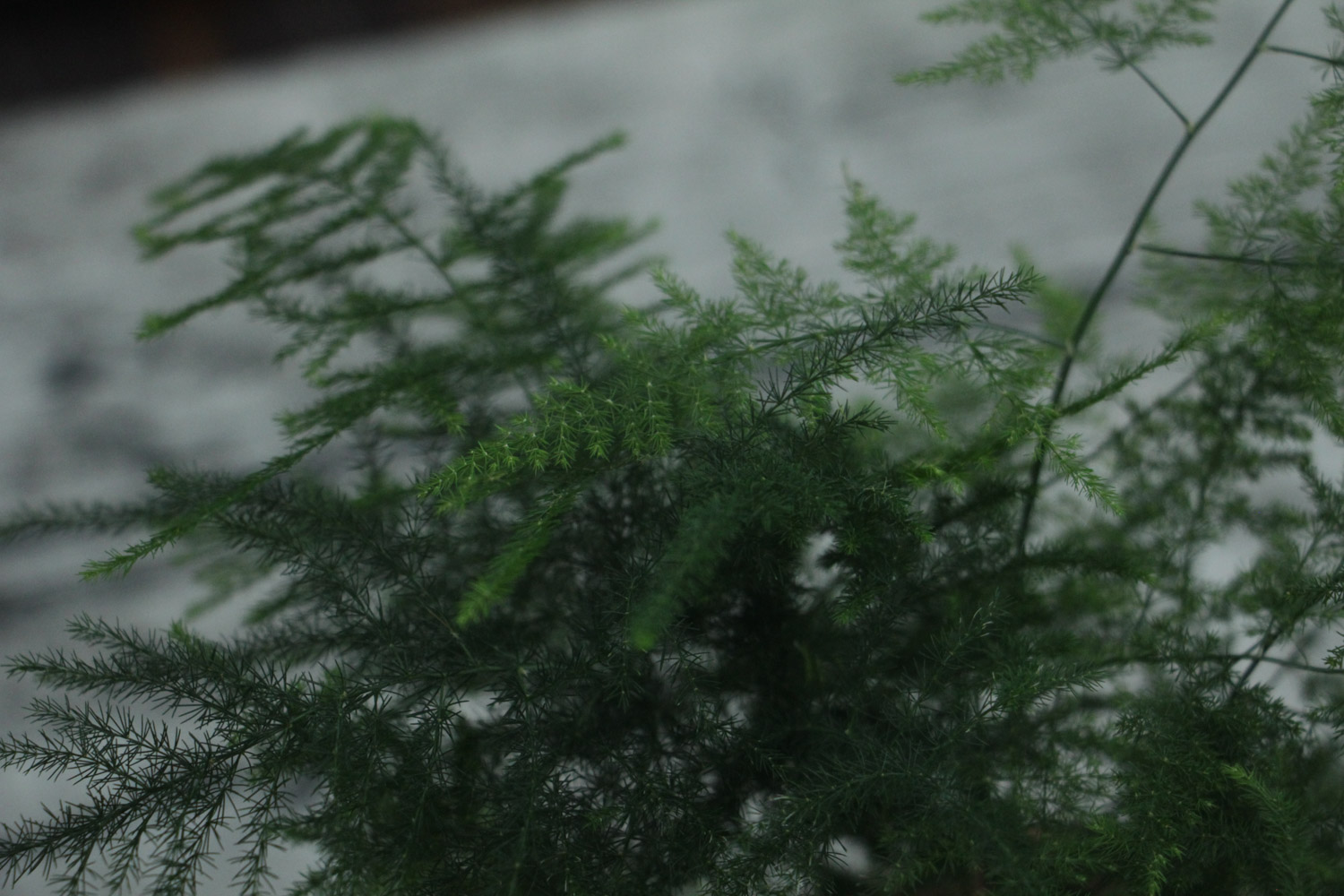
4. Lay a layer of ceramsite on the bottom of the flowerpot to enhance the water permeability of the soil and avoid secondary root rot
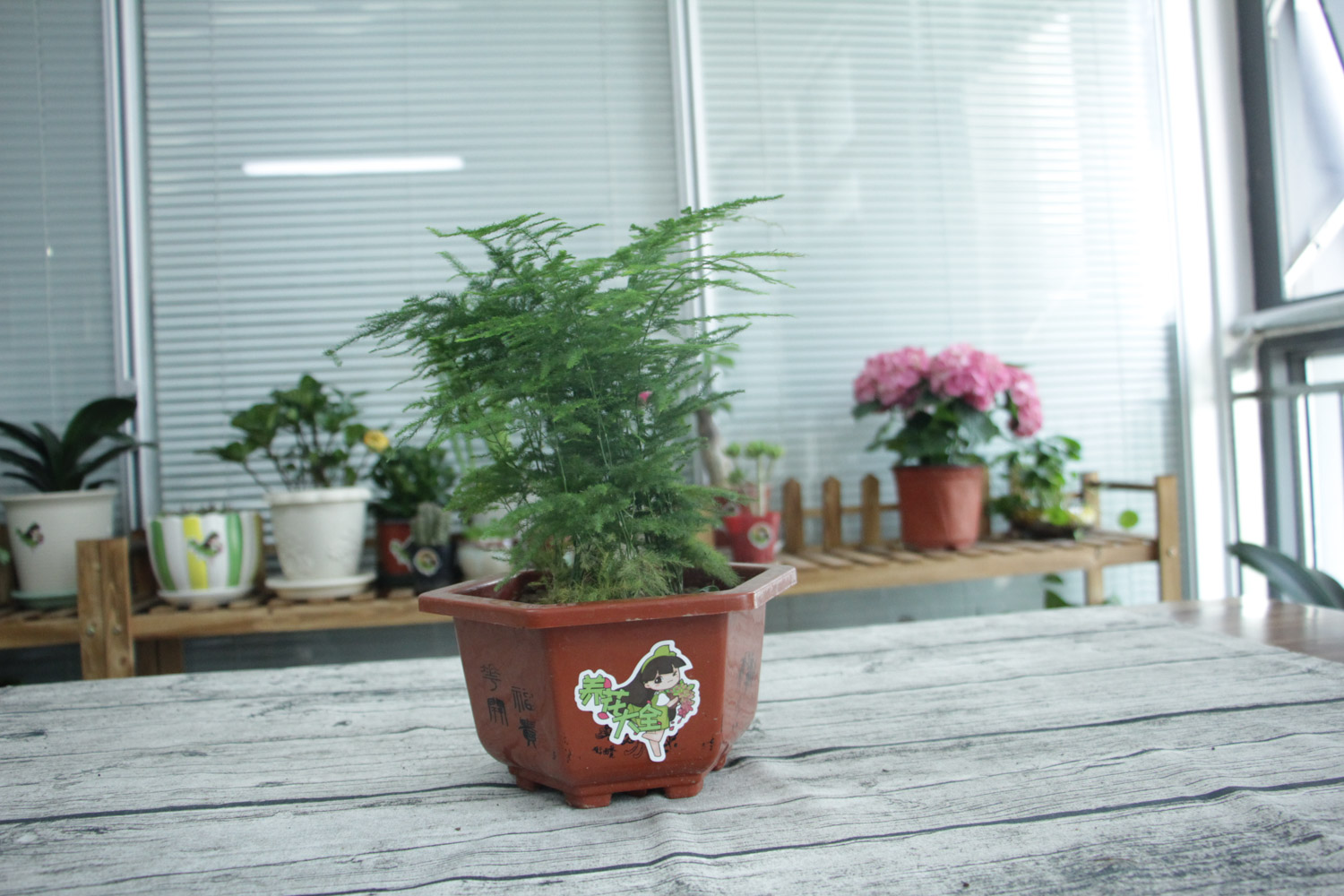
5. Mix rotten leaf soil: Pastoral soil: compost soil: sand in the proportion of 3:4:2:1 and tile it into the flower pot
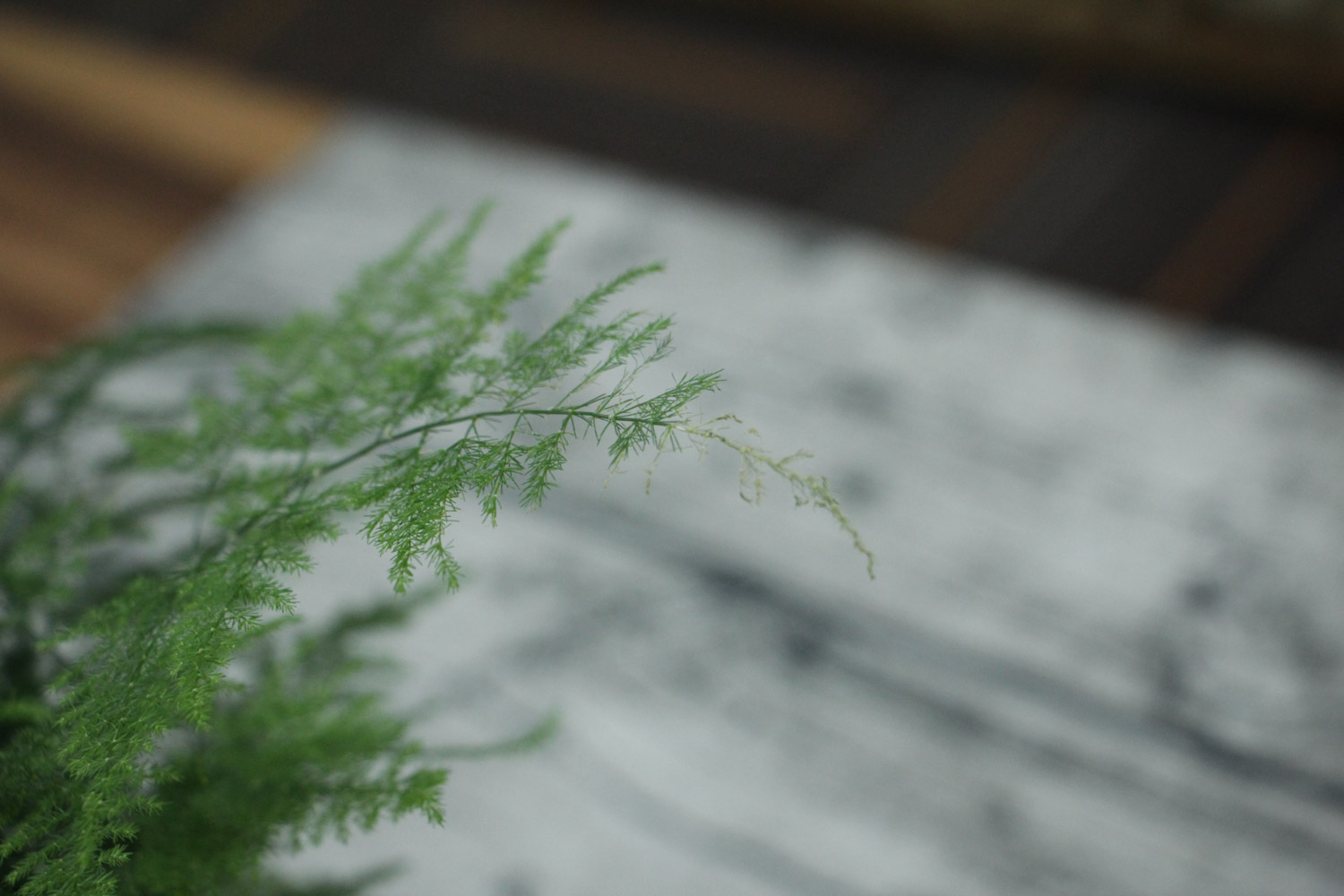
6. Replant the asparagus in the flower pot, water it thoroughly, and put it in a cool and ventilated place for a week
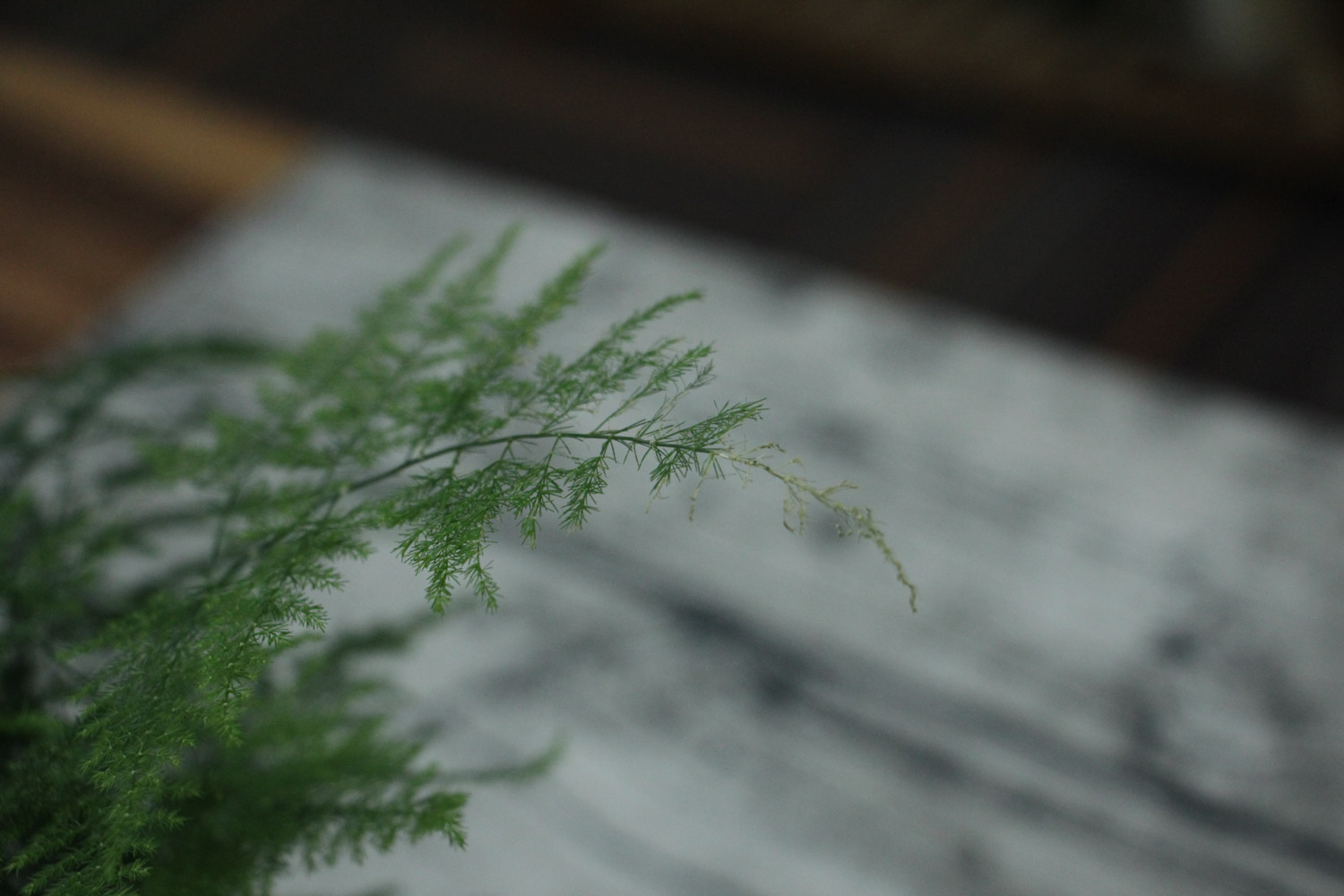
What about dying asparagus
On the premise that the root is not rotten, asparagus is dying. How to save it
1. If the rhizome is still healthy, you can cut off all the yellow leaves with scissors
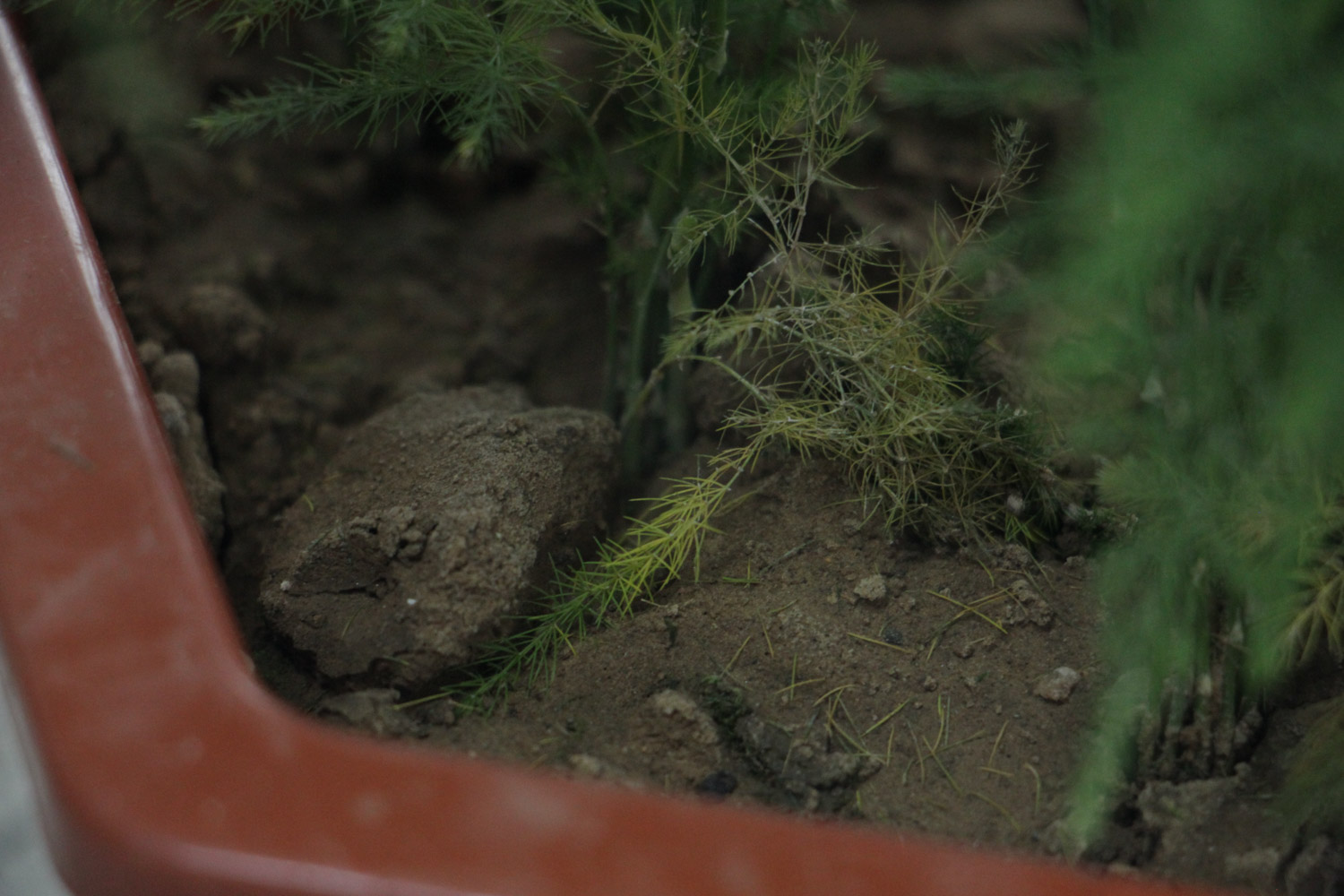
2. Put the asparagus in a cool and ventilated place, reduce watering, and wait until the basin soil is dry. In about half a month, the asparagus will grow new leaves
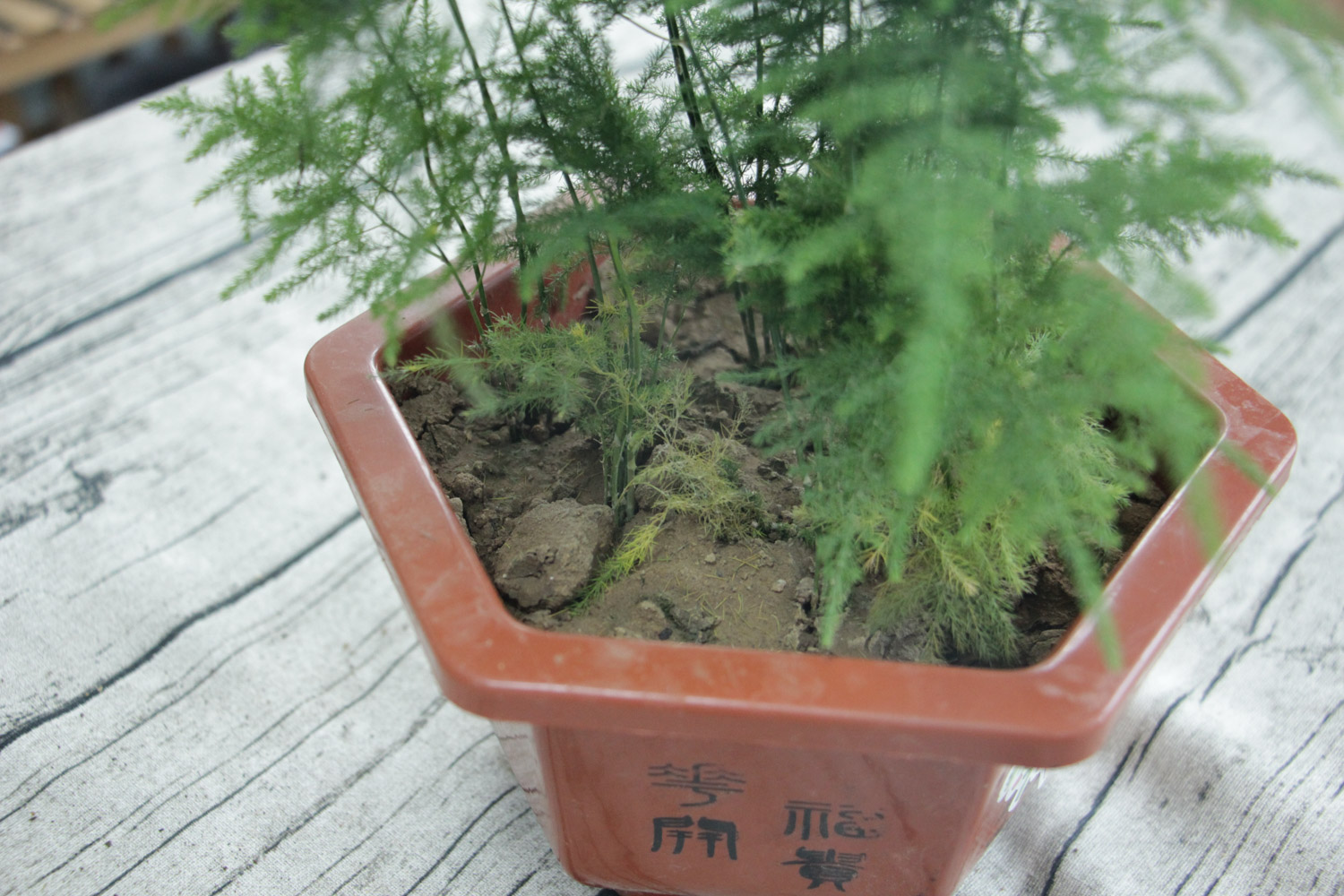
3. After beheading and re hair, the newly grown leaves will be very green
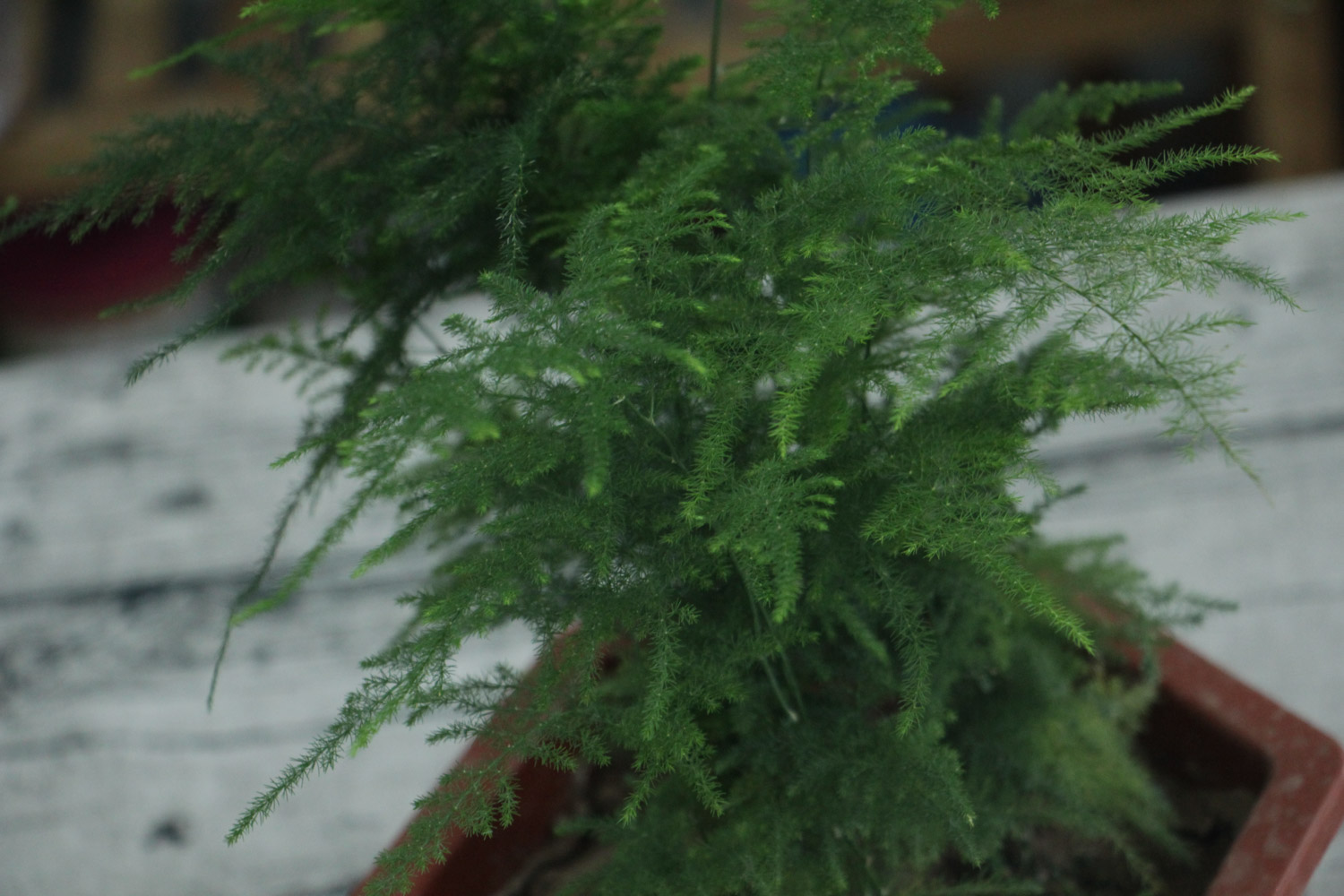
How does asparagus grow from one plant to many
Asparagus grows from raw plants and will continue to grow new plants in the original flowerpot. If it grows much longer, the flowerpot will not fit. It needs to be divided into pots to make it more than one plant
1. Take out the asparagus in the flowerpot and be careful not to hurt the root system of asparagus
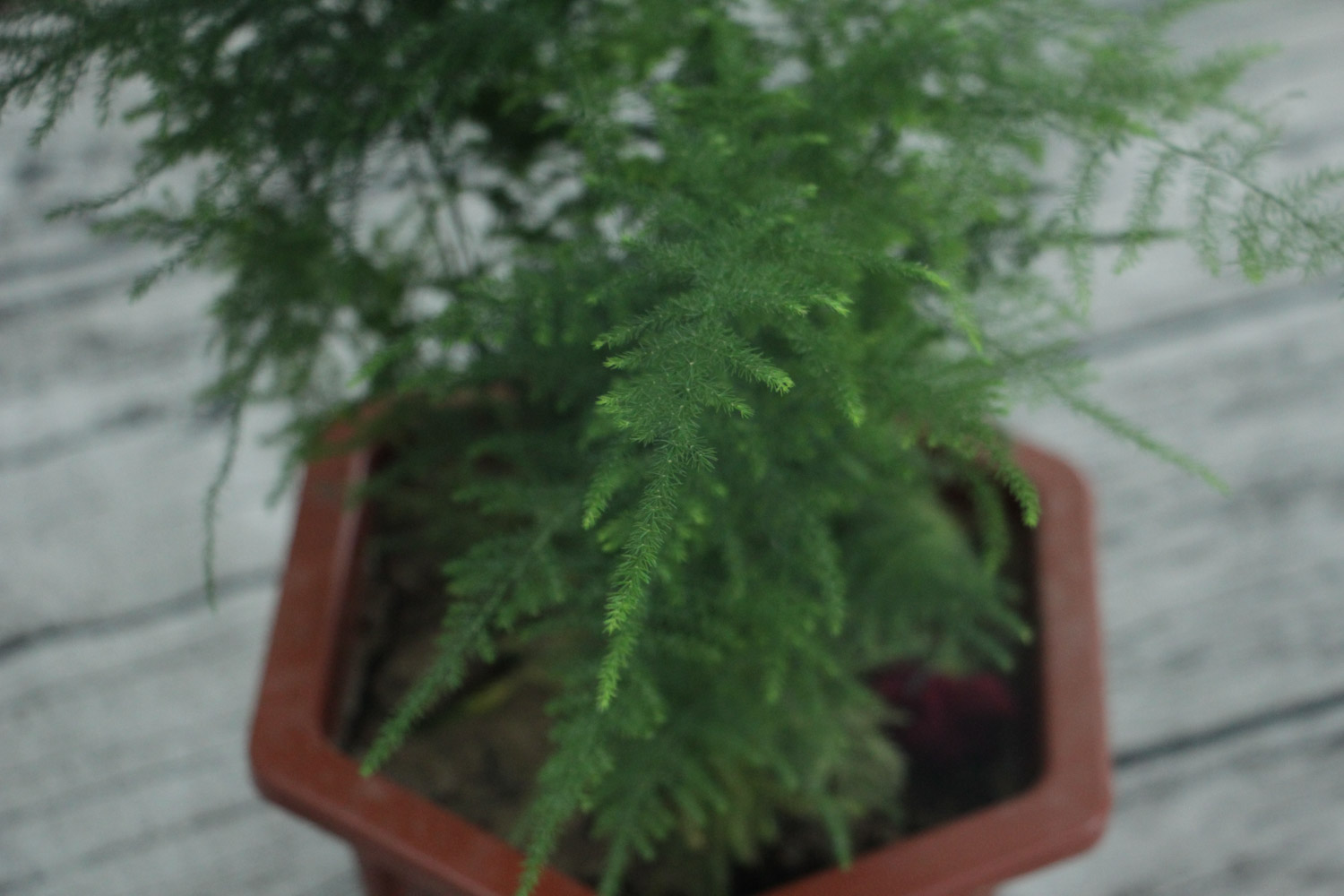
2. Wash the soil at the root of asparagus
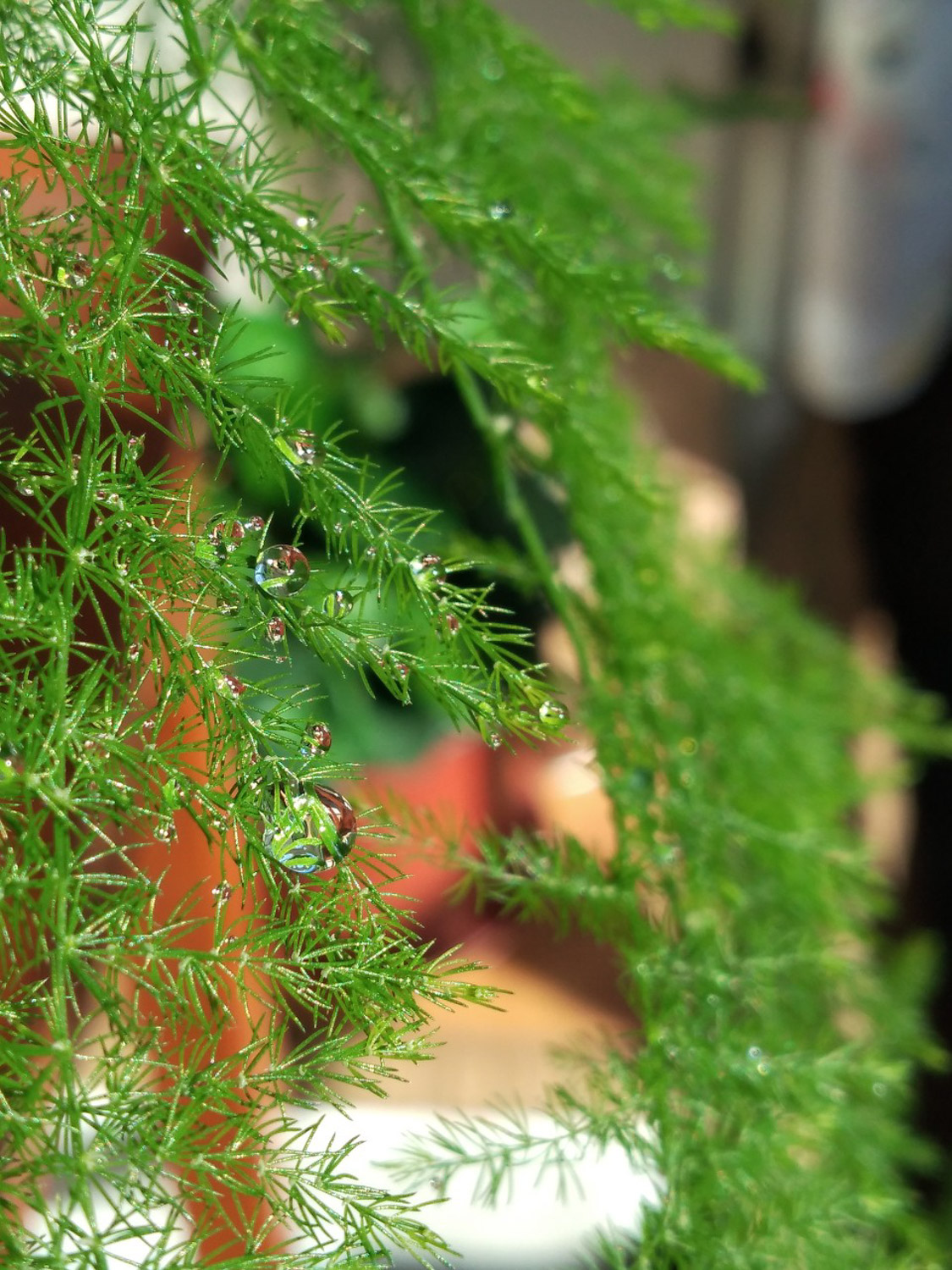
3. After careful observation, you will find that there are some meristematic nodes in the root system, which can be separated by gently breaking it with your hand. If you can't break it, don't use brute force, you may have made a mistake
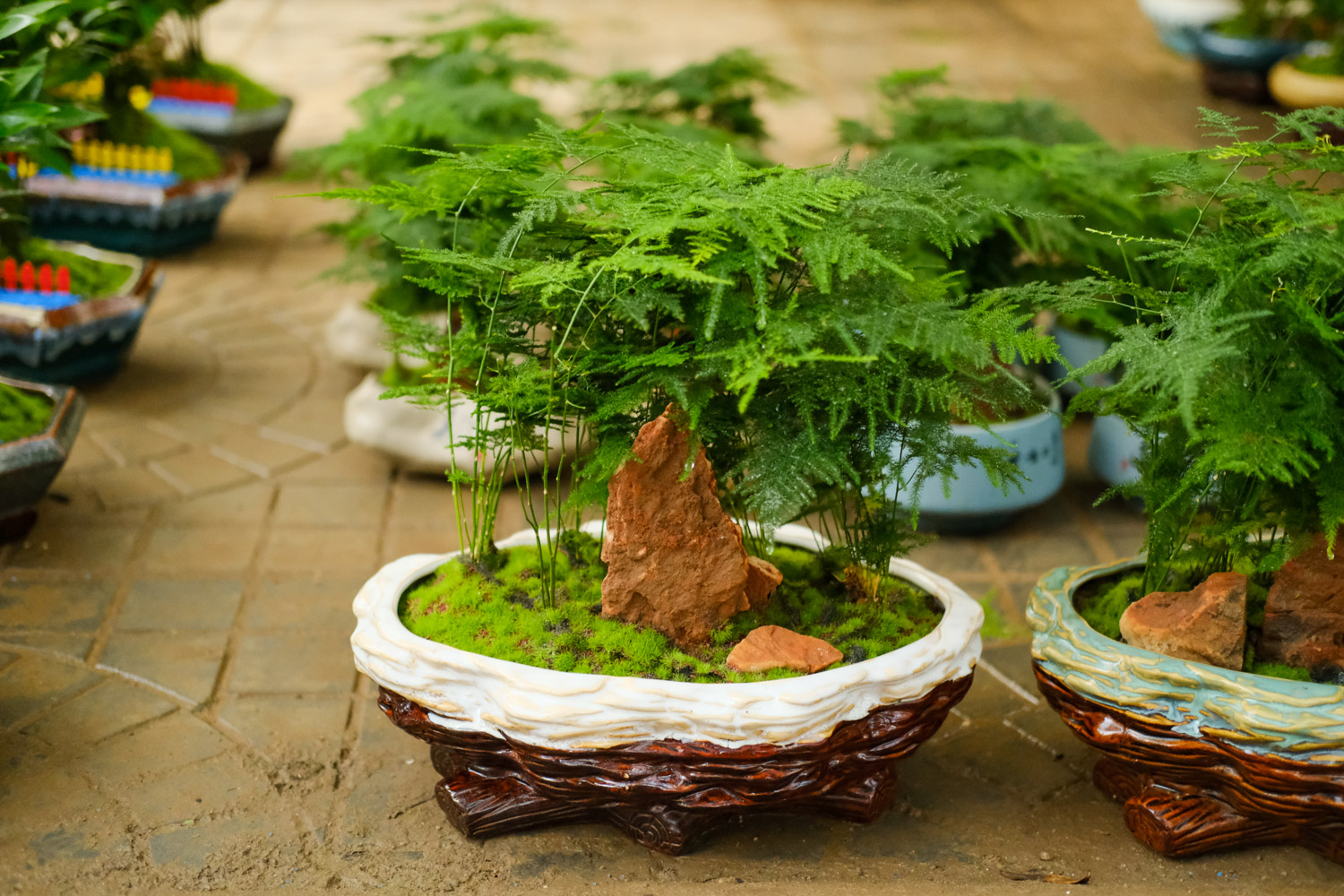
4. Apply some carbendazim to the wound and dry it in a cool and ventilated place
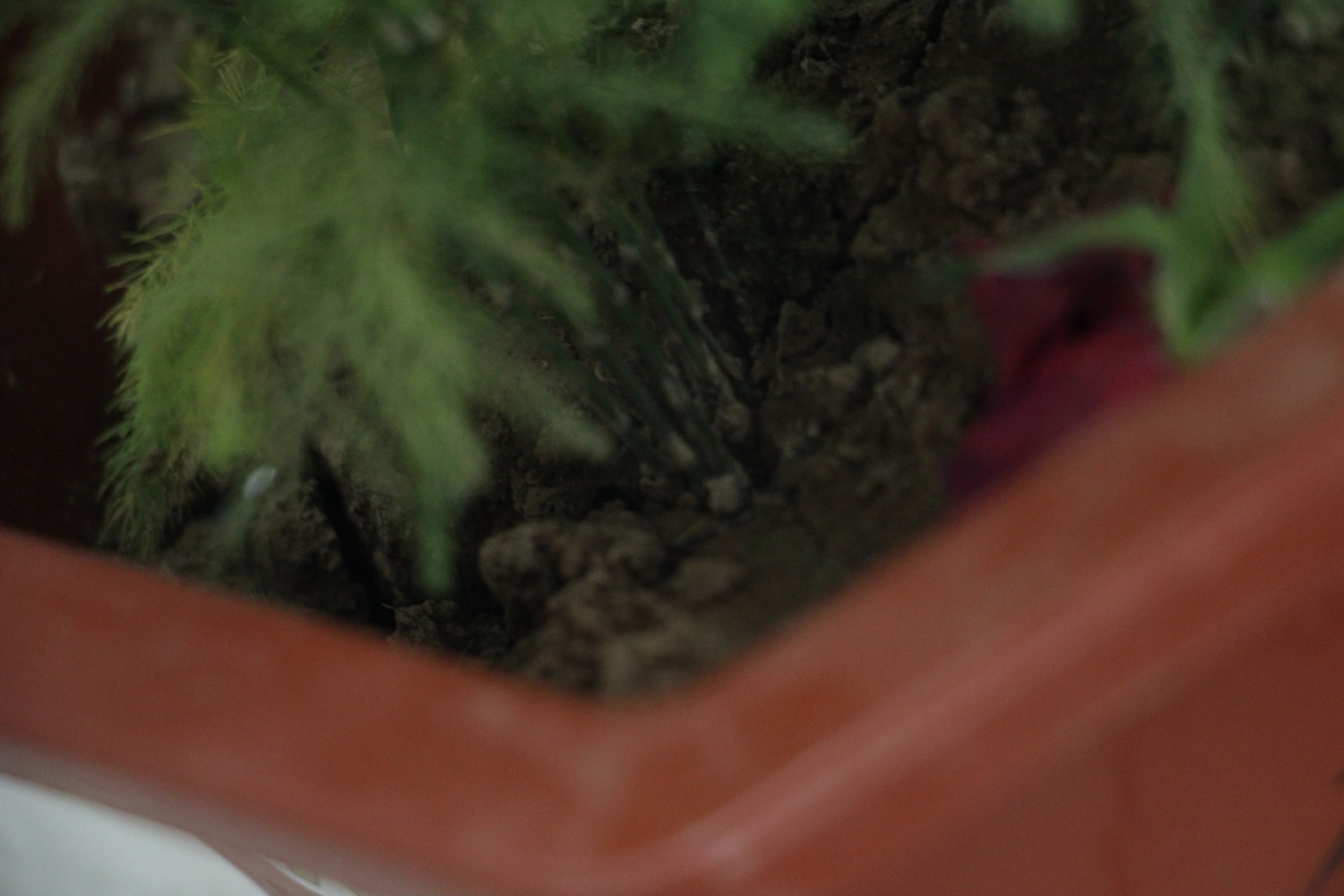
5. After drying, put each asparagus in separate pots
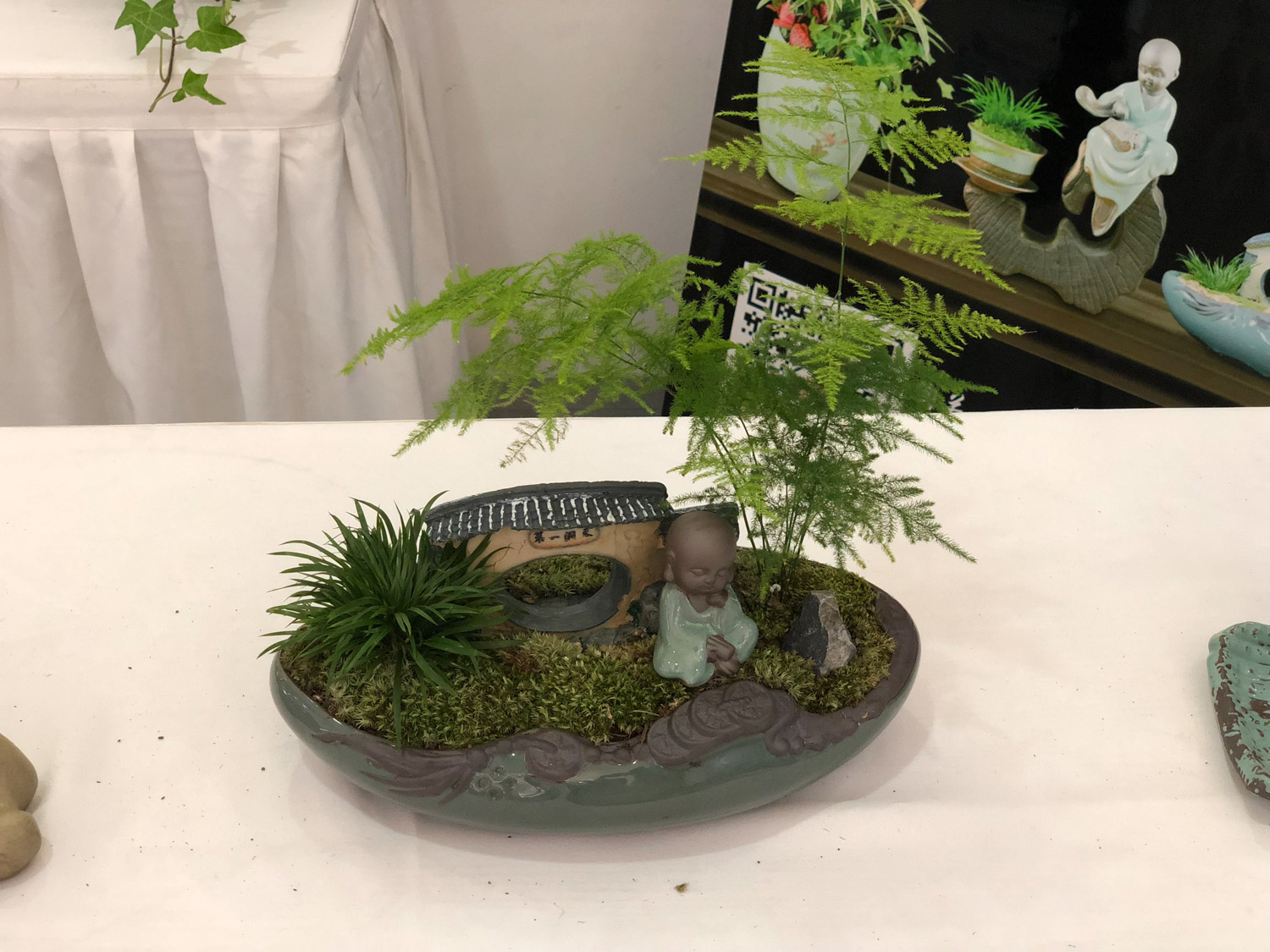

 jackfruit
jackfruit snake plant
snake plant hibiscus
hibiscus hydrangea
hydrangea lavender
lavender Green roses climb al...
Green roses climb al... If you don't pay att...
If you don't pay att... Management of four g...
Management of four g...
































